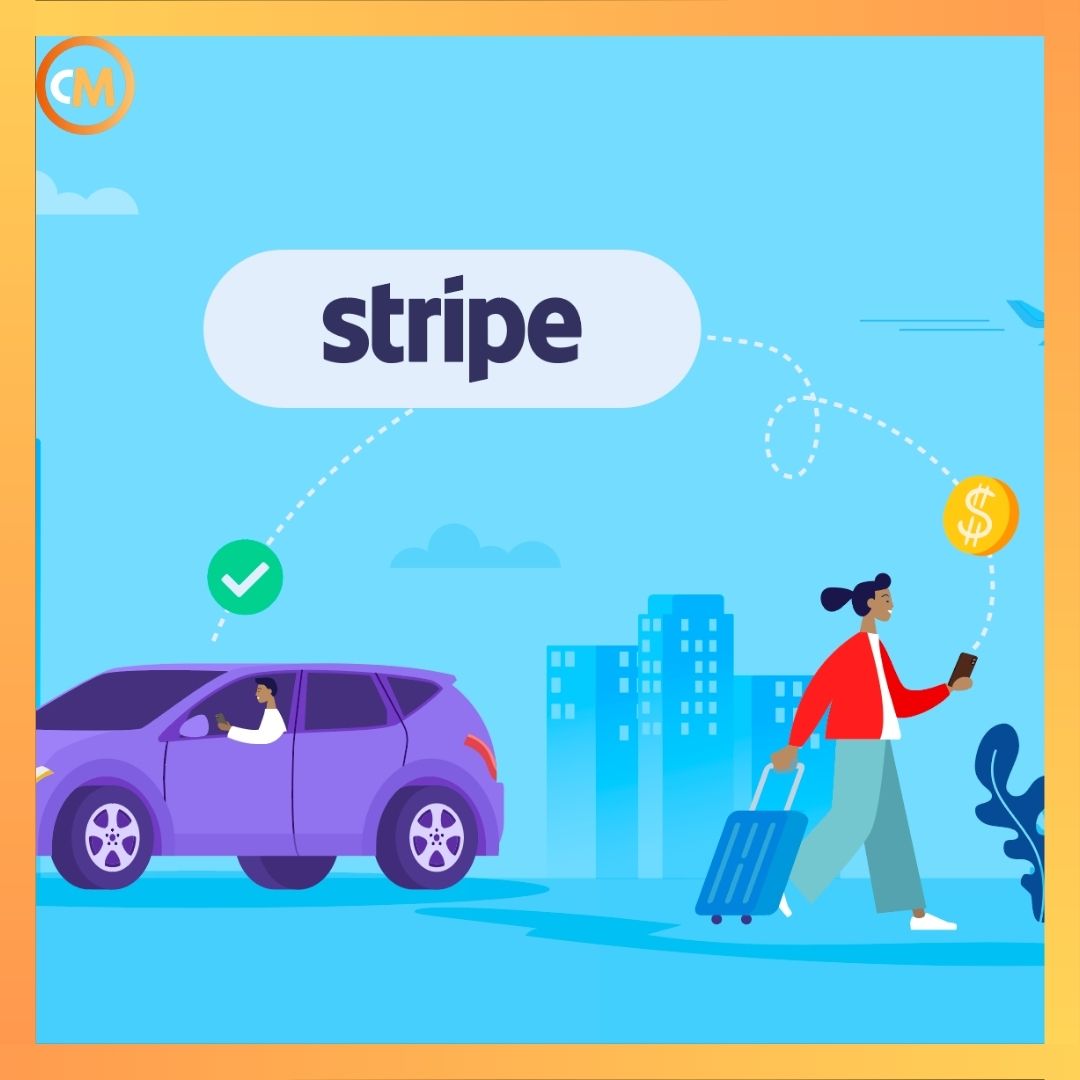Think of the term “middleman”, and it conjures up negative ideas and stereotypes. In fact, “cutting out the middleman” is considered a good thing.
But is it? Stripe, one of the fastest-growing fintech companies in the world, has positioned its growth on being known as the Internet’s Middleman.
And based on its recent valuation of $35 Billion, they’ve done pretty well in that space.
In this article, we’ll cover exactly how Stripe has established itself as the premier choice for accepting payments online.
Growing up in rural Ireland, brothers and co-founders of Stripe, Patrick and John Collison, were exposed to the world of business at an early age.
Sons of entrepreneurial parents, it seemed natural to start and run businesses for the boys, often a game they would play as children.
It wasn’t until their early teen years that they first got access to the internet, each of them building their own websites and experimenting with web development in their spare time.
Both Collison boys received high marks in school and started to develop online businesses as a natural extension of their passions.
While they were 19 and 17 respectively, they started Auctomatic, a business that intended to solve some of the issues they saw with eBay.
In a span of just 10 months, they built, funded, launched, tested, and sold that company for a cool $5 million dollars, making both boys handsomely rich before even finishing high school.
After moving to the US, the Collisons attended Harvard and MIT for a few months and regularly discussed the future of online transactions.
Funding their tuition by developing iPhone Apps, they remarked how easy it is to make money with the convenient payment system on the App Store.
But if you were running an online business, however, the ability to accept payments felt like the 1970s.
It was complex, antiquated, and in desperate need of a change.
The financial barriers to starting a business were immense, more favorable to large corporations, and hardly encouraging for the small startups that Patrick and John were familiar with.
Businesses couldn’t devote enough of their time to working on their products because they had to deal with currencies, reporting, payment routing, and dozens of other financial hoops simply to allow customers to give them money.
Joking that they should just start their own payment service, Patrick and John stumbled on to their “Next Big Thing”.
It was here where others saw just 16 digits on a piece of plastic and a few lines of code, but for these two young men, they saw an opportunity.
It was late 2009 when the Collisons started working on their payment acceptance service, dropping out of school and moving to Buenos Aires to work full-time on their revolutionary idea.
Stripe, even though it was called “slash dev slash payments” back then, felt very natural to the Collisons.
They wanted to solve their own problems as well as those of their friends.
If they could remove the need for startups to worry about the financial side of the business, then these startups could invest more time and energy into their products and services.
With a few internet businesses under their own belt, the Collisons were intimately aware of the problems of accepting payments.
By creating Stripe, they were first focused mainly on solving their own issues. But within a few months, it became apparent that this lake of potential customers was actually an entire ocean.
All of eCommerce could benefit from the service that Stripe provided. And so, their vision became even grander. Enter Y Combinator, the start-up accelerator with several successes under its belt.
Founder Paul Graham had already made several hundred thousand dollars with his investment in Auctomatic and once the Collisons applied again, this time with their new Stripe concept, he readily funded it in 2010.
Launching a beta test, they attracted more interest from Angel investors, including Peter Thiel, the founder of PayPal.
They were allowing businesses to receive payments immediately and test their theory that these companies would grow because of Stripe’s financial middleman platform.
And by September of 2011, they were live and available to the public.
After that, growth was enormous. In 2012, they secured a round of funding from the famed venture investment firm, Sequoia and AMEX Ventures.
In 2014, they raised another round of funding, bringing their valuation from $1.7 billion to $3.4 billion in just a matter of months.
And by 2019, Stripe’s latest round of financing raised an additional $250 million at a staggering valuation of $35 billion.
At this stage, Stripe isn’t simply offering a way for startups to accept money. They had launched Radar, a machine-learning fraud-detection service that reduced credit card fraud by as much as 25%.
They also launched Atlas, providing an end-to-end business formation service, allowing anyone in the world to quickly and easily form a new company, further removing the barriers for innovation.
Recently, Stripe launched Issuing, a platform that white-labeled credit cards for businesses, offering a percentage of the fees that Stripe collects as a cash back for its business customers.
And what’s next for Stripe?
Maybe with the new credit card service, they are positioning themselves for a buyout from one of the major credit card companies that invested in them.
Maybe they intend to go public with a more complete version of their already extensive end-to-end service.
The Collisons are tight-lipped, saying that they remain in the expansion phase, not yet done developing and offering new solutions for the growing transition to online commerce.
In 2018 alone, it’s estimated that half of Americans who spent a dollar online, used Stripe to make that payment.
Stripe never intended to become a competitor to major payment facilities like Paypal, Square, or Apple Pay.
But as a fast follower, this unicorn company has been able to watch what the “big guys” are doing and swiftly improve their own service to capture a huge portion of the market, including offering payment infrastructure to Amazon, Facebook, and Lyft.
By making online business easy for everyone, Stripe, and the middleman service they offer, has become an incredibly popular company.
Of course, this was only possible because of the investors who believed in them and funded their success.




